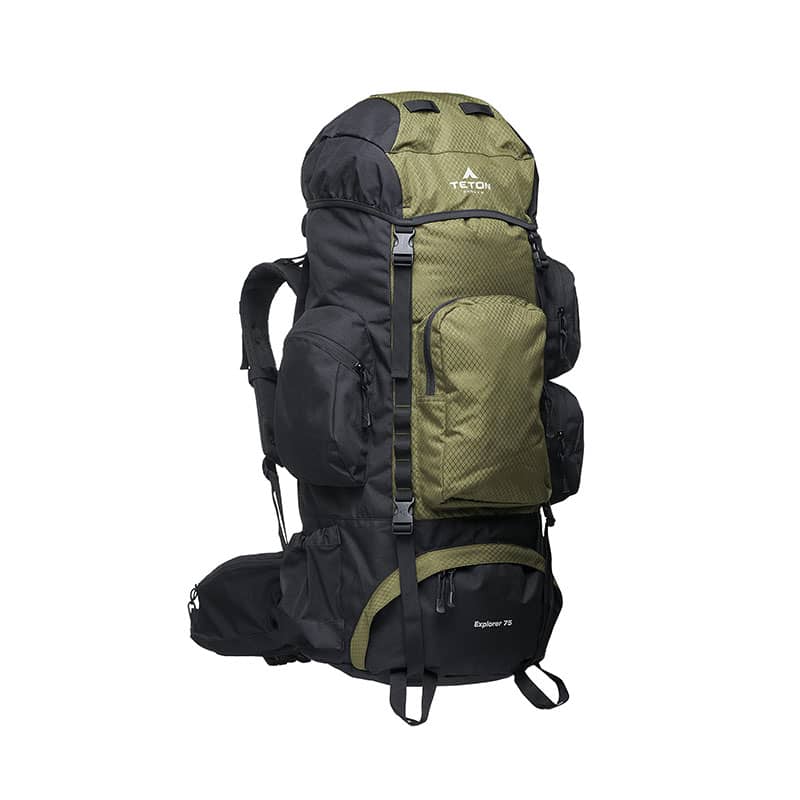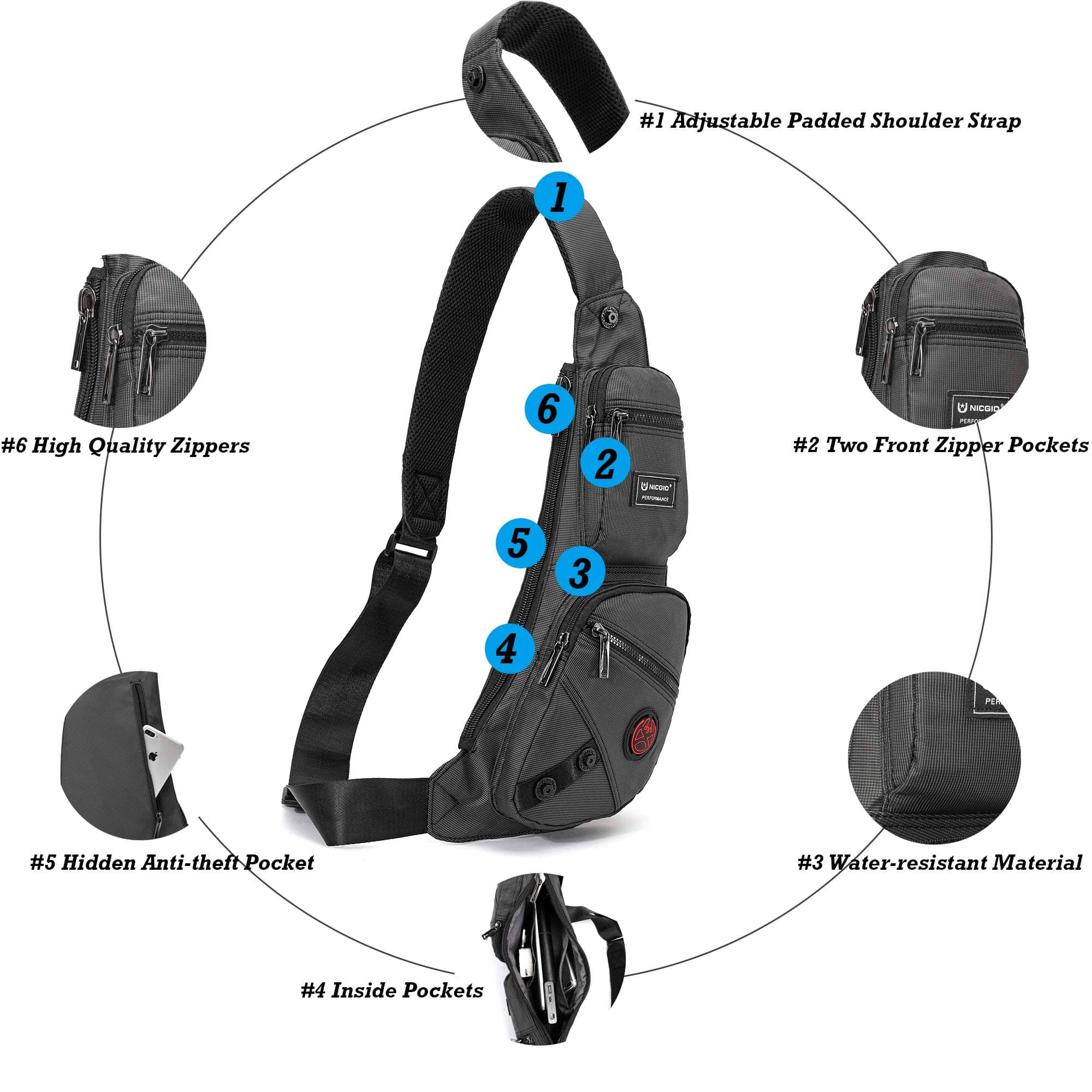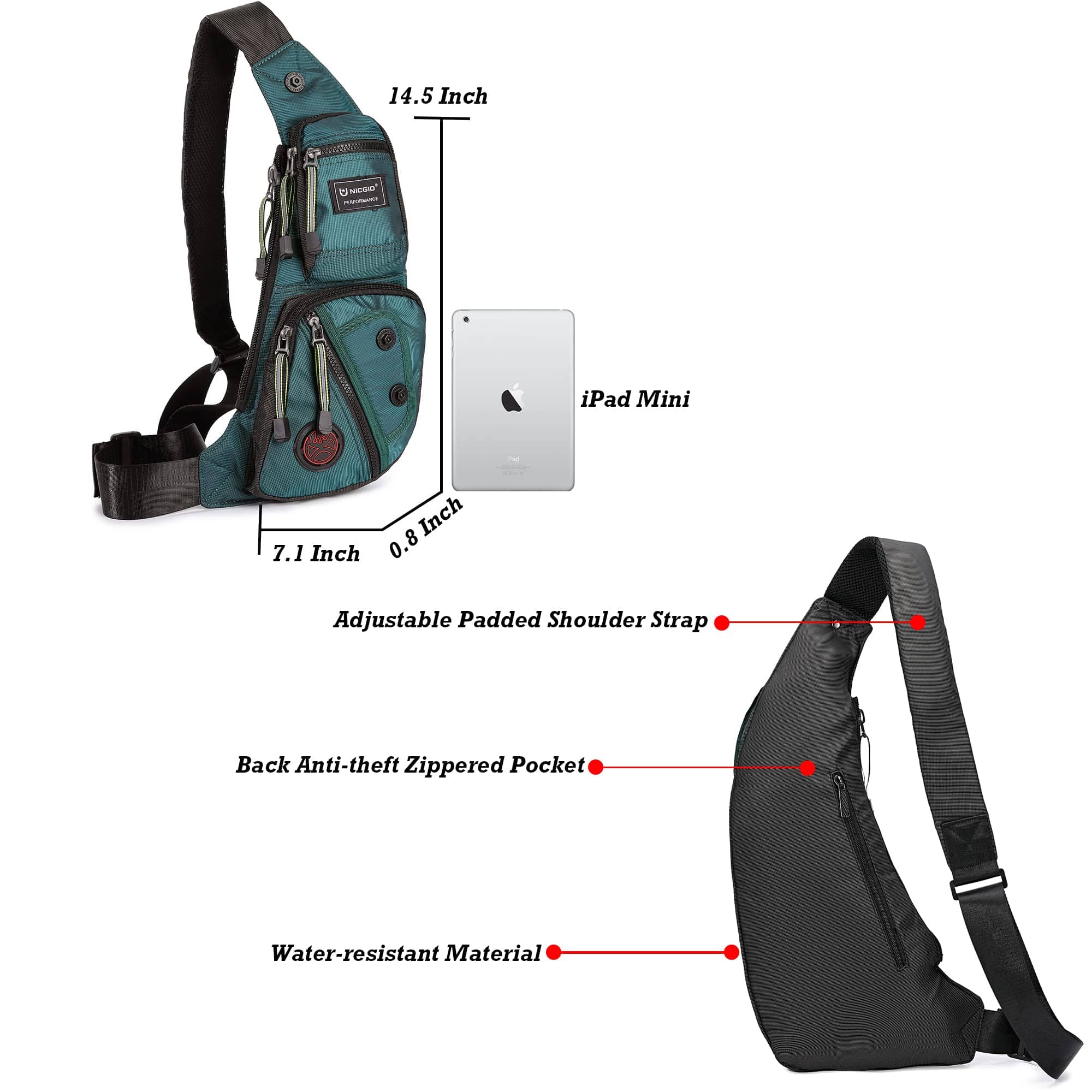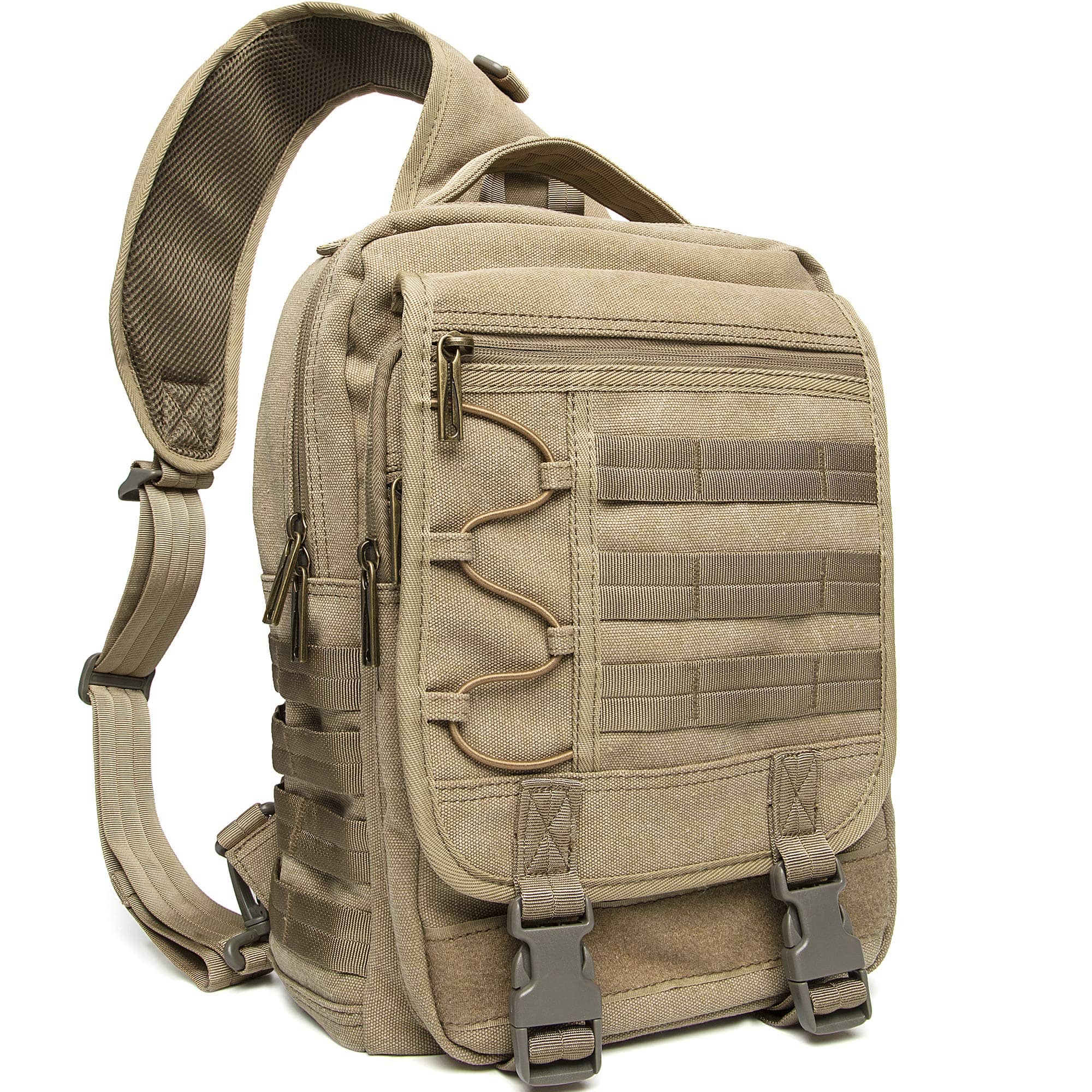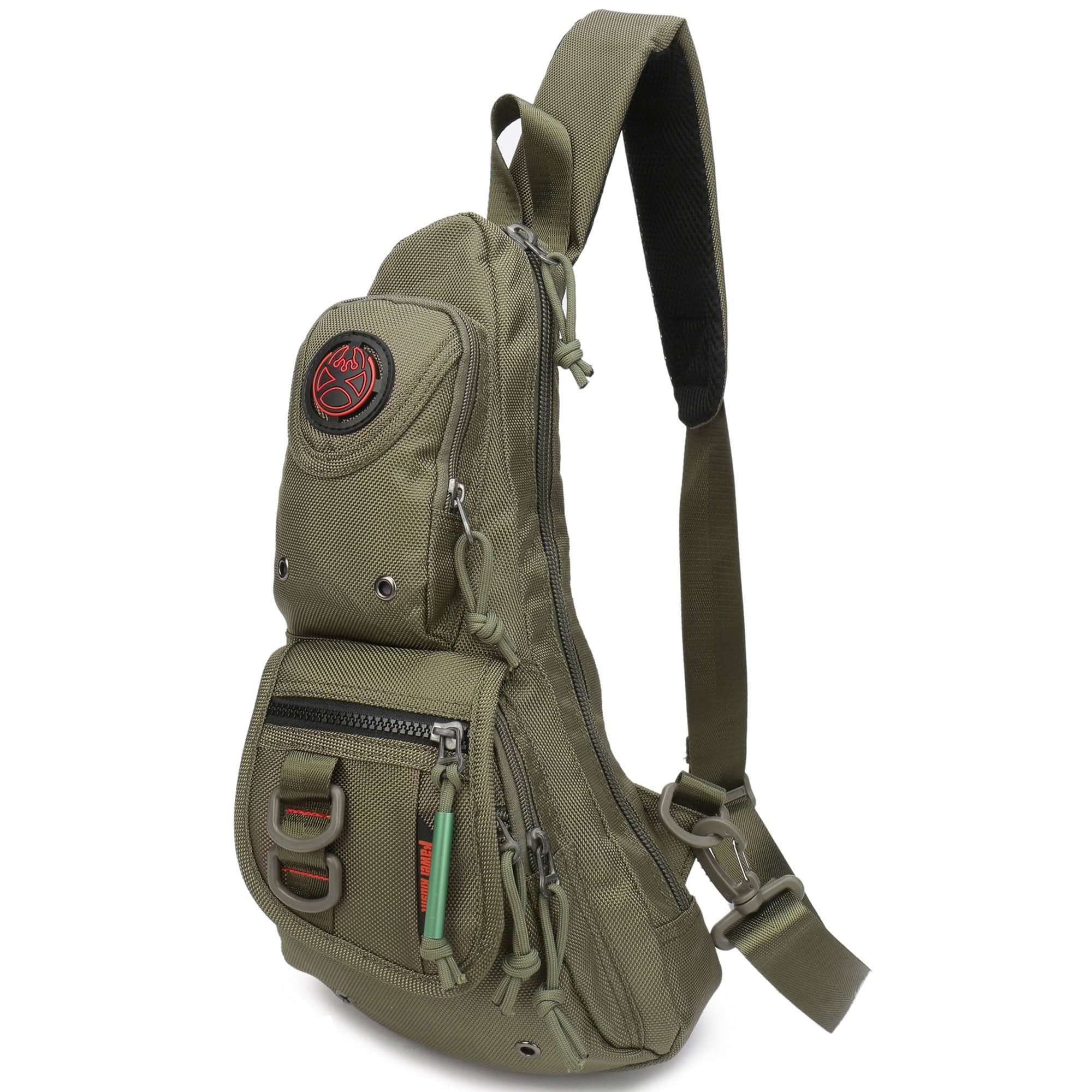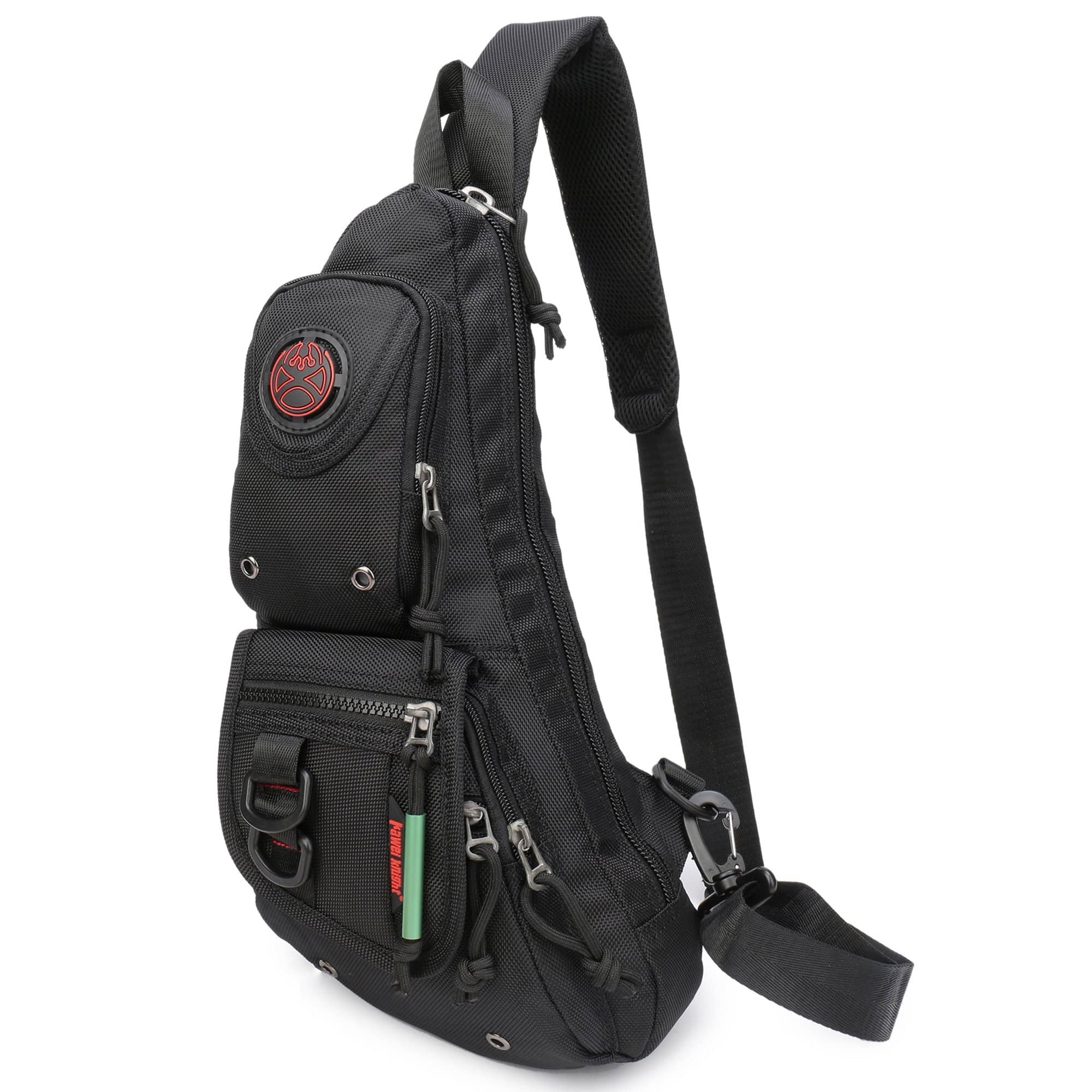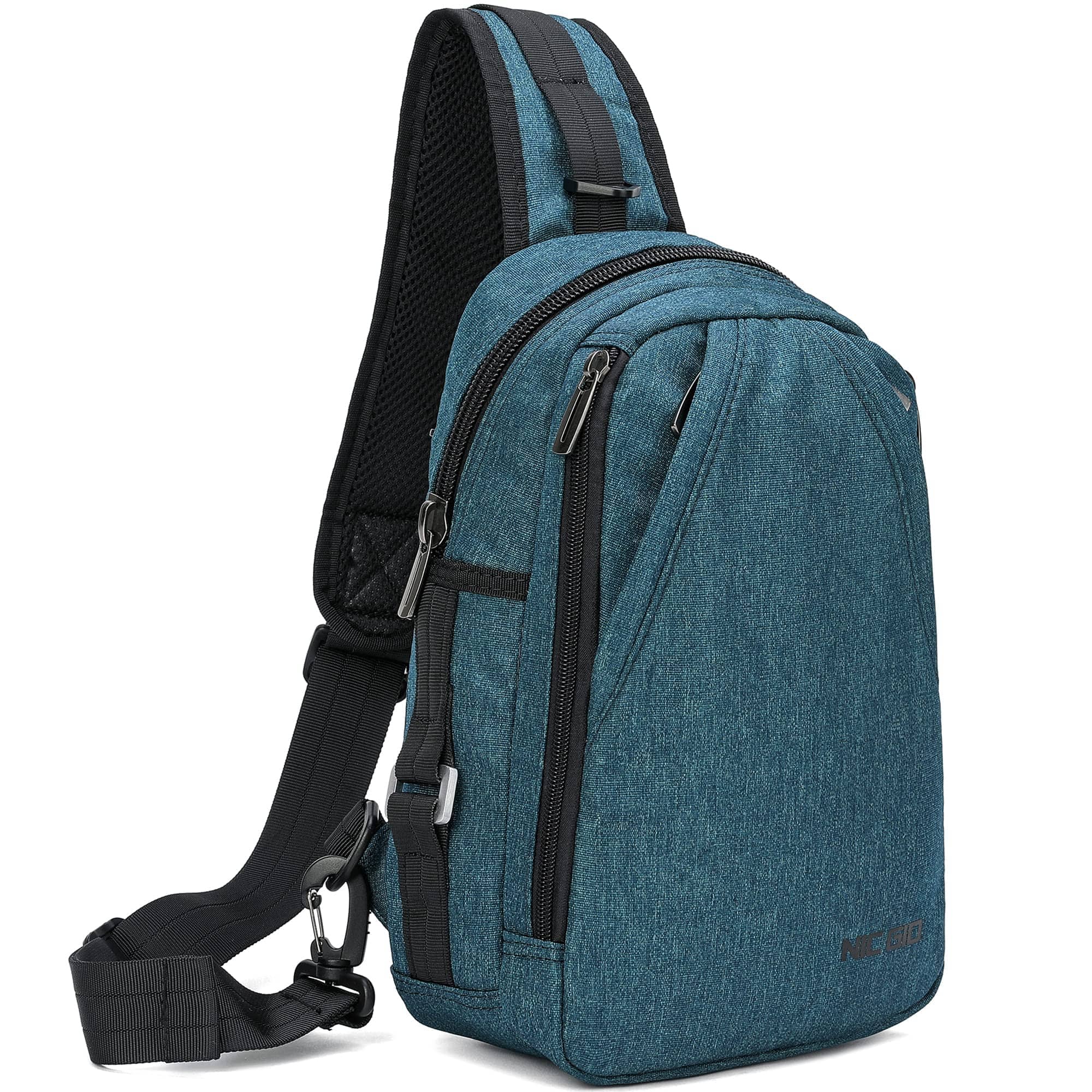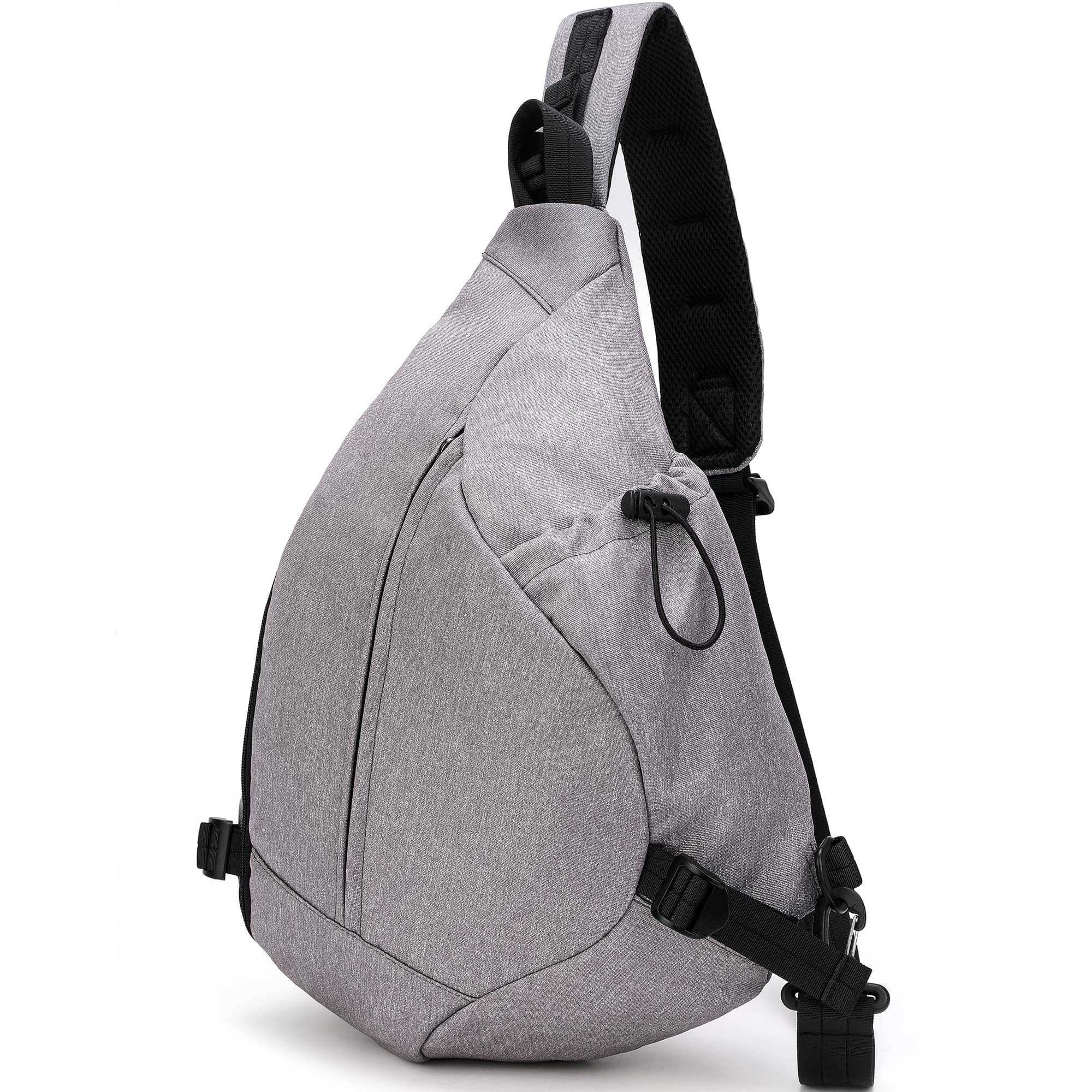Are you an outdoor enthusiast looking to add a new dimension to your adventures? Look no further. With hiking and camping becoming increasingly popular, carrying a tent in your backpack opens up a whole new world of freedom and exploration. Imagine the thrill of setting up camp wherever you choose, surrounded by nature’s beauty, and waking up to breathtaking views.
Whether you’re embarking on a solo expedition or planning a group getaway, a tent is a must-have for every outdoor adventure. It provides shelter, protection, and comfort, allowing you to fully immerse yourself in the wonders of nature.
But with so many tent options available, how do you choose the perfect one for your needs? From lightweight backpacking tents to spacious family camping tents, there’s a wide range to choose from. In this article, we’ll explore the best tents for different types of outdoor adventures, helping you make an informed decision. So unleash the freedom that comes with carrying a tent in your backpack and get ready to embrace the great outdoors like never before.
Table of Contents
Benefits of carrying a tent in your backpack
Carrying a tent in your backpack offers numerous benefits that enhance your outdoor experience. Firstly, it provides you with a sense of independence and self-reliance. With a tent, you have the freedom to explore remote areas and spend the night under the stars, far away from crowded campsites. You can truly immerse yourself in nature and create unforgettable memories.
Secondly, a tent offers protection from the elements. Whether it’s rain, wind, or extreme temperatures, a good-quality tent will keep you dry, warm, and safe. It acts as a shield against harsh weather conditions, allowing you to enjoy your outdoor adventures without worrying about getting soaked or freezing.
Lastly, carrying a tent in your backpack saves you money. Instead of relying on expensive hotels or campgrounds, you have the ability to set up camp wherever you please. This not only reduces your expenses but also gives you the freedom to explore off-the-beaten-path destinations that are not easily accessible by traditional accommodations.
Types of tents suitable for backpacking
When it comes to choosing a tent for backpacking, there are several factors to consider. The first is size and weight. Backpacking tents are designed to be lightweight and compact, making them easy to carry on long hikes. They usually have a simple and streamlined design, with fewer poles and attachments. This allows for quick and hassle-free setup, saving you time and energy.
Another important factor is durability. Backpacking tents need to withstand rugged terrains and unpredictable weather conditions. Look for tents made from high-quality materials that are water-resistant and have reinforced seams. This will ensure that your tent can withstand the elements and last for many outdoor adventures to come.
Additionally, ventilation is crucial in a backpacking tent. Look for tents with mesh panels and vents that allow air to circulate, preventing condensation buildup and keeping you comfortable throughout the night. Good airflow is especially important in warmer climates or during the summer months.
Factors to consider when choosing a backpacking tent
When choosing a backpacking tent, there are several factors to consider that will help you make the right decision. Firstly, consider the number of people who will be using the tent. Backpacking tents come in various sizes, from solo tents to multi-person tents. Think about how many people you will be camping with and choose a tent that provides enough space for everyone to sleep comfortably.
Next, think about the season and weather conditions you will be camping in. Some tents are designed for specific seasons, such as three-season or four-season tents. Three-season tents are suitable for spring, summer, and fall camping, while four-season tents are designed to withstand winter conditions. Choose a tent that matches the weather conditions you will most likely encounter on your adventures.
Another factor to consider is the tent’s setup and packability. Look for tents that are easy to set up and pack away. Features such as color-coded poles, intuitive designs, and compression stuff sacks can make a big difference in saving you time and effort. Additionally, consider the weight of the tent. If you’ll be carrying it on long hikes, opt for a lightweight tent that won’t weigh you down.
Tips for packing a tent in your backpack
Packing a tent in your backpack requires some strategic planning to ensure it fits properly and doesn’t take up too much space. Here are some tips to help you pack your tent efficiently:
1. Start by rolling or folding your tent into a compact size. Remove any excess air from the tent and compress it as much as possible. This will make it easier to fit in your backpack.
2. Place the tent in the bottom of your backpack, distributing the weight evenly. This will help maintain balance and stability while you’re hiking.
3. If your tent comes with a separate rainfly or footprint, consider packing them separately to save space. You can place them in the outer pockets or compartments of your backpack.
4. Use compression straps or bungee cords to secure the tent to the outside of your backpack if it doesn’t fit inside. Just make sure it is properly protected with a waterproof cover or dry bag to prevent damage from rain or other elements.
Remember, the key to packing a tent in your backpack is to minimize its size and weight while still ensuring it is properly protected.
Setting Up a Tent in the Wilderness
Once you’ve reached your camping destination, setting up your tent in the wilderness can be an exciting and rewarding experience. Follow these steps to set up your tent efficiently and securely:
1. Choose a flat and level area to pitch your tent. Clear away any rocks, sticks, or debris that could damage the tent floor or make sleeping uncomfortable.
2. Lay out your tent body and align it with the chosen spot. Make sure the door is facing the direction you want to have the best view or access to the surrounding nature.
3. Assemble the tent poles according to the manufacturer’s instructions. Most backpacking tents use a pole system that is easy to connect and insert into the corresponding grommets or sleeves.
4. Once the poles are in place, attach the tent body to the poles. Start by securing the corners and then work your way around, making sure the tent is taut and properly aligned.
5. If your tent has a rainfly, now is the time to attach it. Rainflies provide an additional layer of protection against rain and wind. Make sure it is properly secured and covers the entire tent body.
6. Stake down the tent and rainfly using the provided stakes or rocks if stakes are not available. This will ensure your tent stays in place, even in windy conditions.
7. Finally, adjust the guy lines if necessary to provide extra stability and prevent the tent from swaying in strong winds.
By following these steps, you’ll have your tent set up and ready to enjoy your outdoor adventure in no time.
Safety Considerations for Camping in the Wild
Camping in the wild offers incredible experiences, but it’s important to prioritize safety to ensure a successful and enjoyable trip. Here are some safety considerations to keep in mind when camping in the wild:
1. Research the area before you go: Familiarize yourself with the camping area, including any potential hazards or wildlife you may encounter. Check for any specific regulations or permits required for camping in the area.
2. Prepare for emergencies: Pack a first aid kit with essential medical supplies and medications. Familiarize yourself with basic first aid techniques and know how to handle common outdoor injuries.
3. Practice fire safety: Follow all fire regulations and guidelines. Ensure you have the necessary tools to start and extinguish a fire safely. Never leave a fire unattended and always fully extinguish it before leaving the campsite or going to sleep.
4. Store food properly: Keep food in sealed containers and away from your sleeping area to prevent attracting wildlife. Dispose of any food waste responsibly to avoid attracting pests.
5. Be aware of weather conditions: Monitor weather forecasts before and during your camping trip. Be prepared for changes in weather and have appropriate clothing and gear to stay comfortable and safe.
6. Respect wildlife and nature: Keep a safe distance from wildlife and never feed or approach them. Leave no trace by packing out all trash and following the principles of Leave No Trace camping.
7. Share your itinerary: Inform someone trustworthy about your camping plans, including your destination, expected return date, and any alternate plans. This will ensure someone is aware of your whereabouts in case of an emergency.
By following these safety considerations, you can minimize risks and enjoy a safe and memorable camping experience in the wild.
Essential Gear and Equipment for Backpacking with a Tent
In addition to your tent, there are several essential gear and equipment items you’ll need for backpacking with a tent. These items will ensure you have a comfortable and enjoyable outdoor experience. Here’s a list of must-have gear:
1. Sleeping bag and sleeping pad: Invest in a good-quality sleeping bag and sleeping pad to provide insulation and cushioning while you sleep. Choose ones that are lightweight and packable for easy transport.
2. Backpack: A backpack specifically designed for backpacking is essential for carrying all your gear, including your tent. Look for one that is comfortable, adjustable, and has enough capacity to hold everything you need.
3. Cooking equipment: Depending on your camping style, you may need a lightweight stove, cookware, utensils, and a water filter or purifier. These items will allow you to prepare meals and stay hydrated during your outdoor adventures.
4. Lighting: A headlamp or flashlight is essential for navigating in the dark, especially when setting up your tent or going to the bathroom at night. Make sure to pack spare batteries or a portable charger.
5. Clothing and footwear: Pack appropriate clothing for the weather conditions you’ll be camping in. Layering is key to staying comfortable. Invest in good-quality hiking boots or trail shoes to protect your feet and provide traction on various terrains.
6. Navigation tools: Carry a map, compass, or GPS device to help you navigate unfamiliar trails or areas. Familiarize yourself with how to use these tools before heading out.
7. Personal hygiene items: Pack toiletries, toilet paper, hand sanitizer, and any other personal hygiene items you’ll need during your camping trip. Remember to follow Leave No Trace principles and properly dispose of waste.
8. Repair kit: Bring a small repair kit that includes essentials such as duct tape, a multi-tool, extra tent stakes, and any other items specific to your tent or gear.
By packing these essential gear and equipment items, you’ll be well-prepared for any outdoor adventure with your backpacking tent.
Popular Backpacking Destinations for Tent Camping
Now that you’re equipped with the knowledge and gear necessary for backpacking with a tent, it’s time to explore some popular destinations for tent camping. Here are a few breathtaking locations that offer unforgettable experiences:
1. Yosemite National Park, California, USA: Known for its iconic granite cliffs, towering waterfalls, and ancient sequoia trees, Yosemite National Park offers a variety of camping options. From backcountry wilderness camping to developed campgrounds, there’s something for every outdoor enthusiast.
2. Torres del Paine National Park, Chile: Located in the Patagonian region of Chile, Torres del Paine National Park is a paradise for backpackers. With its stunning glaciers, turquoise lakes, and dramatic mountain peaks, it’s a must-visit destination for those seeking adventure and natural beauty.
3. The Scottish Highlands, Scotland: With its rugged landscapes, vast lochs, and picturesque mountains, the Scottish Highlands provide endless opportunities for tent camping. Explore the famous West Highland Way or venture into the remote wilderness for a truly immersive experience.
4. The Lake District, England: Known for its stunning lakes, rolling hills, and charming villages, the Lake District is a popular destination for outdoor enthusiasts. There are numerous campsites and wild camping options available, allowing you to experience the beauty of this UNESCO World Heritage Site.
5. The Himalayas, Nepal: For the ultimate backpacking adventure, head to the Himalayas in Nepal. From the famous Annapurna Circuit to the Everest Base Camp trek, there are plenty of opportunities for tent camping amidst the world’s highest peaks.
These are just a few examples of the countless breathtaking destinations around the world that are perfect for backpacking with a tent. Each offers its own unique landscapes and experiences, allowing you to truly unleash the freedom of carrying a tent in your backpack.
Conclusion and Final Thoughts on the Freedom of Backpacking with a Tent
Carrying a tent in your backpack opens up a world of freedom and exploration. It allows you to escape the confines of traditional accommodations and immerse yourself in the wonders of nature. Whether you’re embarking on a solo adventure or planning a group getaway, a tent provides shelter, protection, and comfort, enhancing your outdoor experience.
By choosing the right tent for your needs, considering factors such as size, weight, durability, and ventilation, you can ensure a successful and enjoyable camping trip. Packing your tent efficiently, setting it up securely in the wilderness, and prioritizing safety will contribute to a memorable and safe outdoor adventure.
With the right gear and equipment, you’ll be well-prepared for any backpacking adventure with your tent. From a good-quality sleeping bag and backpack to essential cooking equipment and navigation tools, these items will enhance your comfort and convenience in the great outdoors.
Finally, don’t forget to explore the countless breathtaking destinations around the world that are perfect for tent camping. From Yosemite National Park in the USA to the Scottish Highlands in Scotland, each offers its own unique beauty and experiences.
So, unleash the freedom that comes with carrying a tent in your backpack and get ready to embrace the great outdoors like never before. The world is waiting to be explored, and with a tent in your backpack, the possibilities are endless. Happy camping!

